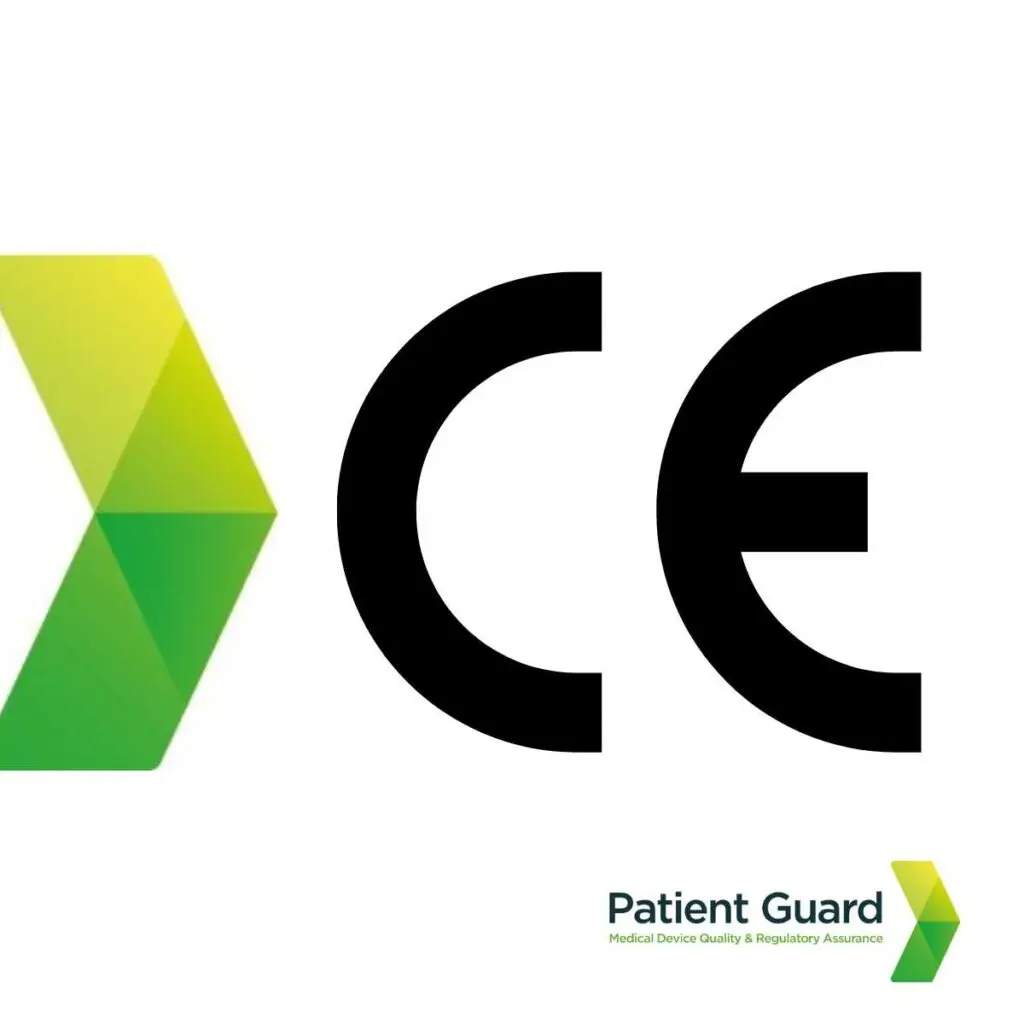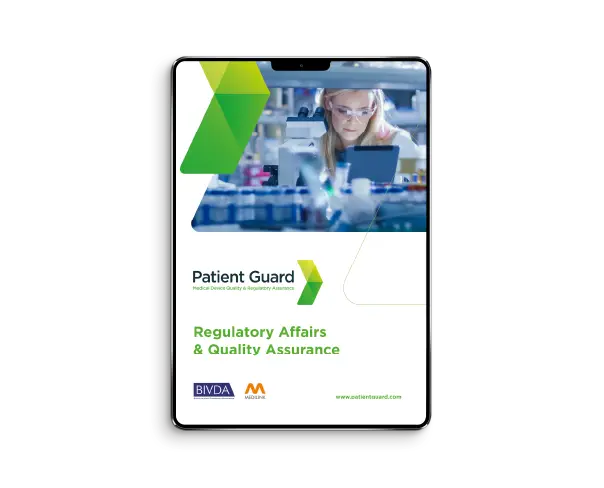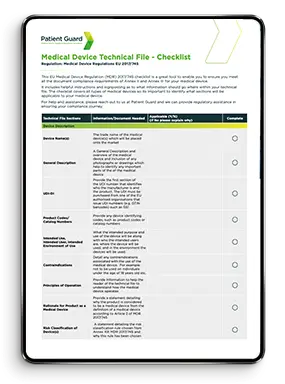What is CE marking?
The letters ‘CE’ appear on many products traded on the extended Single Market in the European Economic Area (EEA). They signify that products sold in the EEA have been assessed to meet high safety, health, and environmental protection requirements.
By affixing the CE marking to a product, a manufacturer declares that the product meets all the legal requirements for CE marking and can be sold throughout the EEA. This also applies to products made in other countries that are sold in the EEA.

Who applies the CE mark?
Importers and Distributors
Importers and distributors help ensure that only products compliant with EU rules, bearing CE marking are placed on the EEA market. As intermediaries between manufacturers and traders they must have knowledge of the legal requirements and ensure that products they distribute or import meet them.
Manufacturers
Manufacturers play a vital role in ensuring that products placed on the extended single market of the EEA are safe. It is their responsibility to carry out the conformity assessment, set up the technical file, issue the EU declaration of conformity and affix the CE marking to a product.
Types of CE marking
Not all products must have CE marking. It is compulsory only for most of the products covered by the New Approach Directives. It is forbidden to affix CE marking to other products. However, Medical Device and In vitro Diagnostics are products the must have a CE mark and can not be sold on the EU market without one.
CE marking medical devices and In Vitro Diagnostics
The CE marking of medical devices and in vitro diagnostic devices (IVDs) is a requirement of EU regulations (EU 2017/745 for medical devices and EU 2017/746 for IVDs) to lawfully place medical devices on the EU market. Manufacturers must affix the CE mark on the medical device or IVD itself and on the primary packaging (or just on the packaging if affixing to the device itself it not possible). The CE mark should also be placed on any instructions for use and any labelling. The use of the CE mark identifies that a medical device or IVD conforms to EU regulatory requirements and is a symbol that a device meets safety standards.

Class I medical devices, Class A IVDs
For class I medical devices and class A IVDs, the manufacturer must create a technical file compliant in line with the applicable regulation and draw up a declaration of conformity, and a compliant Quality Management System, and have a Person Responsible for Regulatory Compliance (PRRC) in place before applying the CE mark to their medical device and IVDs, the manufacturer must then register as a medical device manufacturer with a member states Competent Authority, and on the EUDAMED system. Manufacturers are then free to place their class I medical devices or class A IVDs on the EU market.
For Class I medical device manufacturers and Class A IVD manufacturers who are not based within an EU member state must appoint an Authorised Representative. The Authorised Representative must be a registered legal entity within an EU member state, the Authorised Representative will register the medical device or IVD on behalf of the manufacturer.
Class I(s), Class I(m), Class I(r) Medical Devices
For medical device class I sterile, class I measuring and class I reusable (surgical instruments), the same principle applies as discussed for general class I medical devices. However, these type of medical devices before applying the CE mark must be audited by an approved EU notified body, for the applicable parts relating to those devices (sterility, measuring function, reusability).

A Notified Body verifies, in most cases, both the quality management of the manufacturer and the design of the medical device and its compliance with the General Safety and Performance Requirements (GSPR) of the regulations. The Notified Body verifies the product type for the conformity with the GSPRs and the conformity of the final products. A clinical evaluation must be part of the documents which the manufacturer submits to the Notified Body for assessment.
The Notified Body will then issue a CE mark certificate for the scope (sterility, measuring function, re-usability) applicable to the devices mentioned. Once this has been issued the manufacturer must carry out the same activities as mentioned for general class I medical devices, including a PRRC and EU Authorised Representative for manufacturers based outside of the EU.
Class IIa, Class IIb, Class III Medical Devices and Class B, C and D IVDs
For Medical Device considered to be of higher risk and which fall into the higher risk category groups of Class IIa, Class IIb or Class III medical devices, or Class B, C or D IVDs, a conformity assessment must be carried out by a registered EU Notified Body and a CE mark conformity certificate issued. The manufacturers of these device types must have a compliant technical file and quality management system (QMS), and perform the same functions as mentioned for the other type of medical device and IVDs such as registration in a member state, registration on EUDAMED and if not based in the EU have an EU Authorised Representative and a PRRC.
Post Market Surveillance
All manufacturers of both medical device and IVDs regardless of classification must perform Post Market Surveillance (PMS) in line with the regulations and MDCG guidance documents once the devices are placed on the market in order to remain compliant and CE marked.
Manufacturers whose devices require a Notified Body will be required to have annual surveillance visits by the Notified Body, and also have re-certification audits every 3 years. There is also the possibility of having an unannounced audit during the 3-year time frame before re-certification.
Summary
In conclusion the CE marking of medical devices and IVDs is a complicated process that requires expertise and regulatory oversight. Manufacturers need a full understanding of the obligations under the medical device regulations and the IVD regulations to ensure that their devices are compliant with the requirements of for CE marking.
How can Patient Guard Help?
Working with a Regulatory and Quality Assurance partner such as Patient Guard can reduce the administrative burden and reduce the likelihood of costly mistakes, such as nonconformities raised during Notified Body visits which can cost a lot of money in new audit days being added or extra review days.
Contact us to see how we can help with your CE marking journey for medical devices and IVDs.
FAQs
CE marking is a certification that indicates a medical device or in vitro diagnostic (IVD) complies with the European Union’s regulatory requirements under the Medical Device Regulation (MDR 2017/745) or the In Vitro Diagnostic Regulation (IVDR 2017/746). It signifies that the product is safe, effective, and fit for its intended purpose.
Key insight: CE marking is mandatory for selling medical devices and IVDs in the EU and EEA.
CE marking ensures:
- Regulatory Compliance: Demonstrates adherence to EU regulations.
- Market Access: Allows products to be sold in the EU and EEA.
- Patient Safety: Confirms the device meets stringent safety and performance standards.
Why it matters: Without CE marking, a product cannot be legally marketed in the EU.
The CE marking process involves:
- Determine Classification: Identify the device’s risk class (Class I, IIa, IIb, or III) or IVD classification under the MDR/IVDR.
- Technical Documentation: Prepare comprehensive documentation, including device description, risk analysis, and clinical evaluation.
- Quality Management System (QMS): Implement a QMS, such as ISO 13485, to ensure consistent quality.
- Conformity Assessment: Work with a Notified Body (if applicable) to verify compliance.
- Labeling and Instructions for Use (IFU): Ensure labeling meets EU requirements.
- Declaration of Conformity: Declare the device’s conformity with MDR or IVDR requirements.
- Affix CE Marking: Place the CE mark on the device and associated packaging.
Pro tip: Partnering with regulatory experts can streamline the process and ensure compliance.
For IVDs, classification and requirements under IVDR are stricter compared to the previous directive (IVDD). Steps include:
- Determine IVD Classification: Based on risk (A, B, C, or D).
- Performance Evaluation: Conduct analytical and clinical performance studies.
- Notified Body Involvement: Required for all but Class A non-sterile IVDs.
- Post-Market Surveillance (PMS): Plan and implement PMS activities.
Key takeaway: Higher-risk IVDs (e.g., those for infectious diseases) face more rigorous evaluation.
Medical devices are classified based on risk:
- Class I: Low risk (e.g., reusable surgical instruments).
- Class IIa: Moderate risk (e.g., diagnostic ultrasound devices).
- Class IIb: Higher risk (e.g., infusion pumps).
- Class III: Highest risk (e.g., implantable pacemakers).
Tip for manufacturers: Proper classification is critical to determine the level of regulatory scrutiny.
Key documents include:
- Technical File: Detailed information about the device, including design, manufacturing, and testing data.
- Risk Management File: In accordance with ISO 14971.
- Clinical Evaluation Report (CER): Evidence of safety and performance.
- Performance Evaluation Report (PER): For IVDs, detailing analytical and clinical studies.
- Post-Market Surveillance Plan: Strategy for monitoring the device’s performance after market entry.
- Declaration of Conformity: Manufacturer’s statement of compliance.
Best practice: Maintain thorough and up-to-date documentation for audits or inspections.
A Notified Body is an independent organization designated by the EU to assess medical devices and IVDs for compliance with MDR/IVDR. Their role includes:
- Reviewing technical documentation.
- Auditing quality management systems.
- Conducting conformity assessments.
- Issuing CE certificates for Class IIa, IIb, III, and high-risk IVDs.
Key insight: Not all devices require Notified Body involvement—low-risk devices (Class I non-sterile) can be self-certified.
Post-market surveillance (PMS) ensures ongoing safety and performance of a device after it enters the market. Key activities include:
- Collecting and analyzing user feedback.
- Monitoring adverse events and trends.
- Implementing corrective actions when necessary.
Why it matters: PMS is mandatory under MDR/IVDR and critical for maintaining CE marking.
CE certificates issued by Notified Bodies are typically valid for five years. However, manufacturers must ensure ongoing compliance and renew the certificate before expiration.
Tip for manufacturers: Start the renewal process early to avoid market disruptions.
Non-compliance can lead to:
- Fines and penalties from EU regulatory authorities.
- Market withdrawal of the product.
- Reputational damage and loss of market trust.
Key takeaway: Staying compliant ensures uninterrupted market access and protects patients.
Yes! Patient Guard provides comprehensive CE marking support, including:
- Assisting with technical documentation preparation.
- Developing risk management and clinical evaluation reports.
- Supporting quality management system (ISO 13485) implementation.
- Coordinating Notified Body submissions and audits.
- Acting as your EU Authorized Representative for non-EU manufacturers.
Why choose Patient Guard: With years of experience and expertise, we help ensure your device meets all MDR and IVDR requirements for successful market entry.




